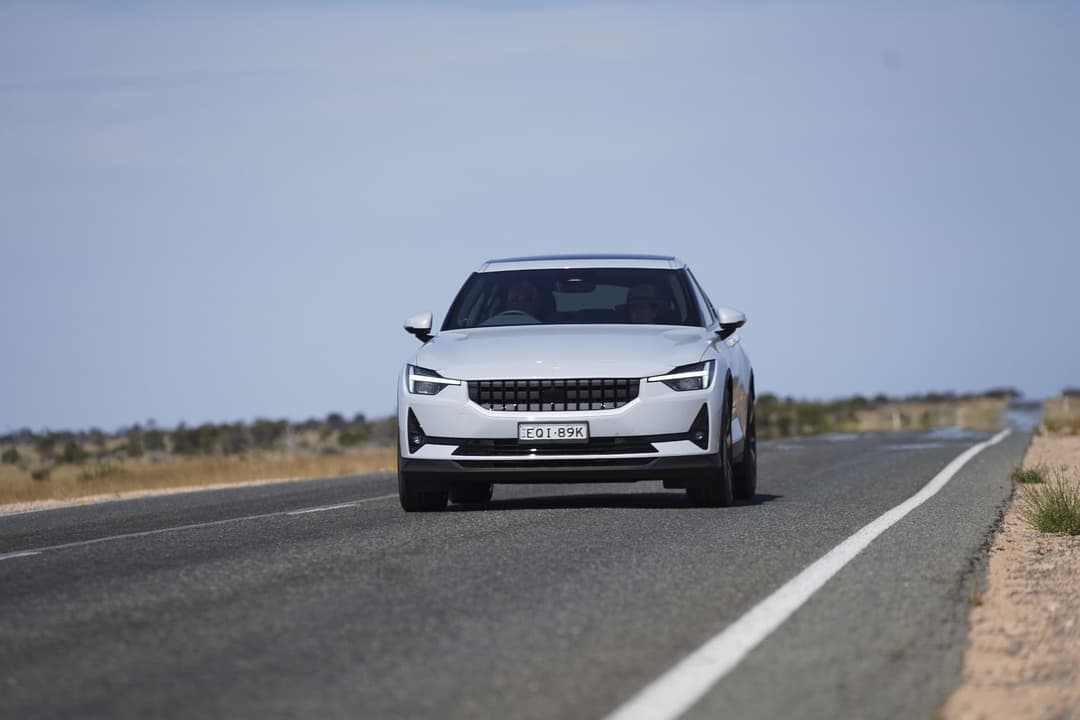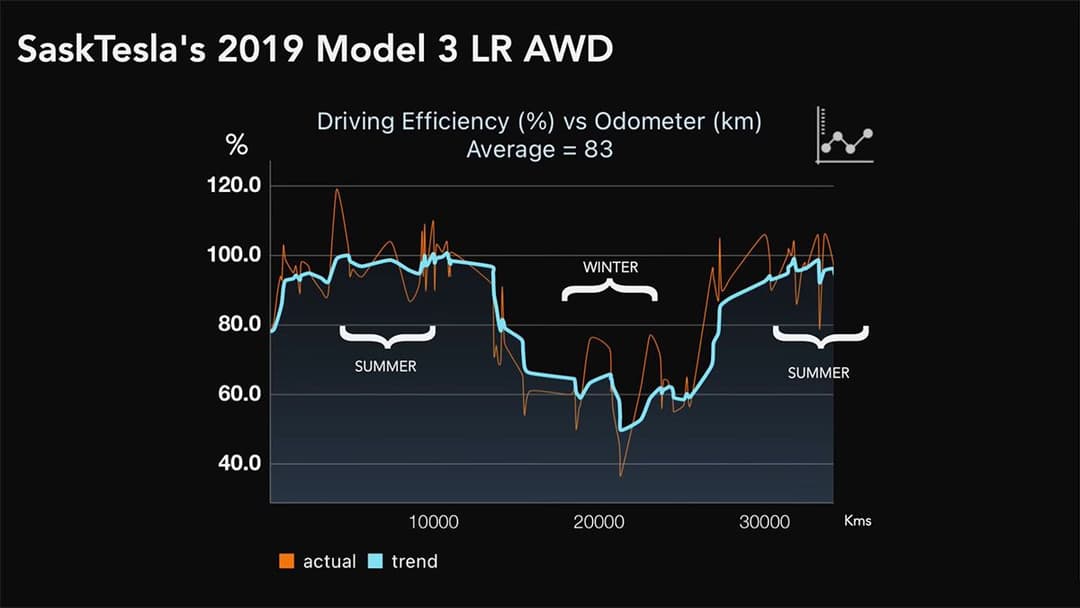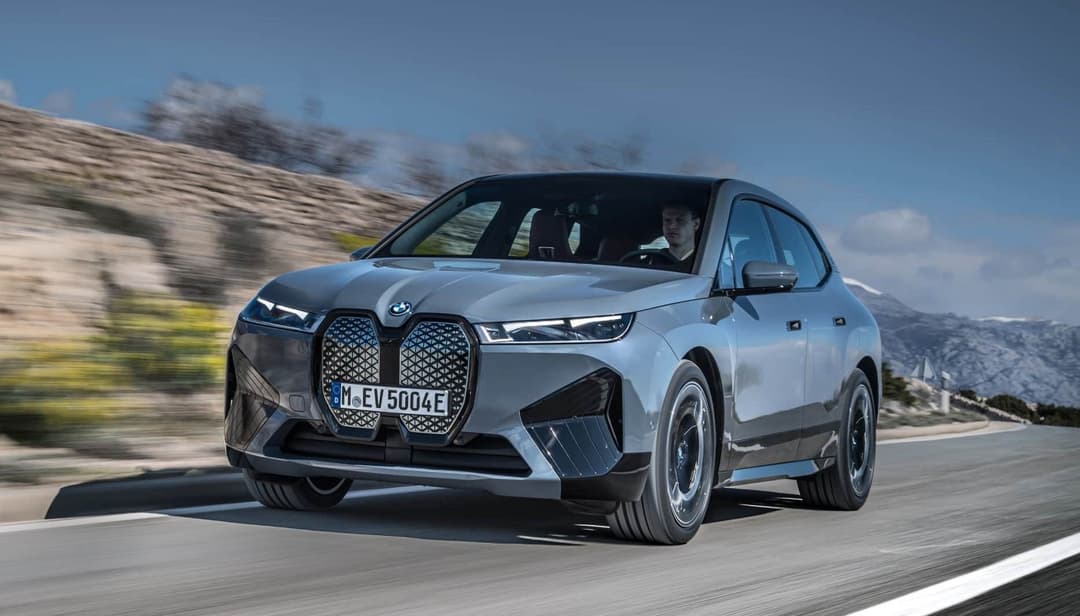‘Range anxiety’, i.e. concerns about electric car range is the most common fear people have before making the switch to EVs. Is this fear justified or is it an overreaction? How far can electric cars travel? We’ll break it down in this article.
How Far Can Electric Cars Travel?
Quoted or claimed electric car range
Electric cars are not made equal. Some are faster, some have more range. Just like how petrol cars have 'official' fuel consumption ratings, electric cars have range and efficiency ratings. The range specified by the manufacturer will adhere to a recognised measurement standard. We've summarised the key global standards below.
WLTP is the standard used in Europe and has been adopted by most manufacturers in Australia. It is most reflective of the typical driving conditions in Australia. The range of all vehicles listed in the zecar EV database are based on the WLTP standard.
The great thing about range standards like WLTP is that they offer a consistent basis for measurement, meaning it is a great proxy to compare the range differences between models. While it is useful as a general guide, it should not be used as a guarantee of the range possible with your individual driving circumstances. The WLTP standard testing procedures comprise roughly fifty percent 'urban' driving and fifty percent 'highway' driving in lab-controlled conditions of 23 degrees celsius.
There are many reasons why the range of your electric car will be different from its claimed range, we discuss this in the following section.
What is the Average Range of an Electric Car?
The typical range of an electric car varies depending on the model, battery capacity, driving conditions, and other factors. On average EVs have a shorter range than ICE cars. Contrary to common belief, modern EVs have a good range, enough to meet the daily driving needs of most people. For a list of electric cars with the longest range click here.
The range of electric cars in our database ranges from 200 km to 652 km, with 430 km being the average.
Most will often have sufficient range on a single charge for longer trips that typically take three to four hours on the motorway. Interstate trips should also not be a problem so long as there are public fast charging options along the way, albeit this is an area where more investment is required.

Real World Electric Car Range
The stated range of a given electric car model may not be what you achieve in the real world. Several factors can have a significant impact your car's ability to achieve its claimed range.
Main factors affecting electric car range
⏲ Driving speed - Higher driving speeds tend to have an adverse impact on range due to the increased amount of wind drag and lower use of regenerative braking. Higher winder resistance means more energy is being used to cover the same distance. Lower use of regenerative braking means less excess energy is being stored from braking. Up to 20% of energy can be saved from the use of regenerative braking.
🌡 Temperature - Range tends to decrease in colder temperatures (below 16 degrees). This is because energy is used to heat up the battery for optimal operation furthermore energy is used for passenger heating or cooling. Efficiency can reduce by up to 20 per cent at nil degrees and 40 per cent at -10 degrees,

Depending on the combination of the above factors, it could have a positive or negative impact on your electric car's range. The range specific to your driving conditions is often termed 'real-world' range. Below is an example of how the range of a Tesla Model 3 RWD will vary depending on the speed and temperature. Notice there is a 'sweet spot' for range of 50 km/hr and 20 degrees celsius.
⚖ Weight - Additional payload weight from passengers or cargo can have a detrimental impact real-world range. Towing something heavy like a trailer or caravan is likely to have the biggest negative impact on real-world range, often cutting range in half according to some carmakers.
Other factors affecting electric car range
🔋 Battery charge level - The claimed range of an electric car is based on a 100% state of charge of the battery. Depending on the battery chemistry of the EV Model, the manufacturer may recommend a charge level limit for daily use e.g. 90%. The reason for this is to minimise degradation and preserve the longevity of the battery. For battery chemistries such as LFP, the charge level is recommended at 100%, due to the significantly lower risk of degradation.
⏳ Battery age - As the battery gets older it loses its maximum charge potential. On average batteries lose about 2.3% of their capacity p.a. Over ten years, the average electric car would lose 23% of its stated capacity, or retain 77% of its original charge and range.
We note these are average figures and will vary significantly depending on the history of the car. This figure will come down over time as battery technology continues to improve e.g. the recent prevalence of LFP batteries.
Range of Electric Cars by Make & Model
Which is the longest range electric car? Below we've ranked every electric car currently available by its claimed range (WLTP). It is ranked from the longest range electric car to the shortest.
Which Electric Car Has the Longest Range?

The BMW iX has the longest claimed range of any electric car in Australia at 630 km for the xDrive50 variant.
The BMW iX is a five-seater electric large SUV made in Germany.
Offered in two battery pack sizes, the largest battery pack of 105 kWh offers a claimed driving range of 630km. This is the best range for an electric car currently available.
It is priced from $135,900 before on-road costs, featuring two battery pack sizes, and is available in all-wheel drive.
The electric car can be charged at up to 11kW AC/150kW DC using a Type 2/CCS2 port.
It is offered in four trims featuring a 14.9-inch infotainment display, active safety assistance systems, BMW Digital Key, and more as standard.
The iX is covered by a three-year, unlimited kilometre vehicle warranty and an eight-year/100,000km battery warranty.
Which Electric Car has 1000 km range?
As of 2023, no electric car in the Australian market which has a range of 1000 kilometers.
On 1 January 2023, Zeekr launched its new 2023 Zeekr 001 electric hatchback in China. Four models were launched with CLTC cruising ranges of 546 km to 1,032 km. Part of the Geely family, Zeekr only focuses on premium electric vehicles. Given existing Geely group companies such as POlestar and Volvo already sell electric cars here, there is a reasonable chance the Zeekr 1 will one day makes its way to Australian shores.
What is Range of a Tesla on a Full Charge km?
The range of Teslas varies depending on the model and battery capacity. The below table outlines the range of each Tesla model currently available based on claimed WLTP range. The Tesla Model S Long Range is the longest range Tesla at 652 km.
About the author
Stay up to date with the latest EV news
- Get the latest news and update
- New EV model releases
- Get money savings-deal

